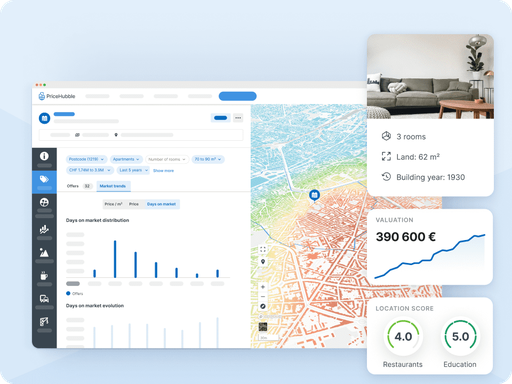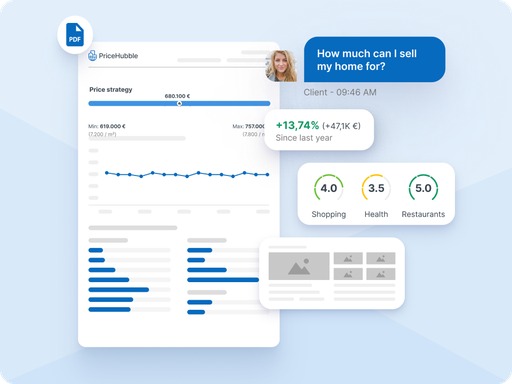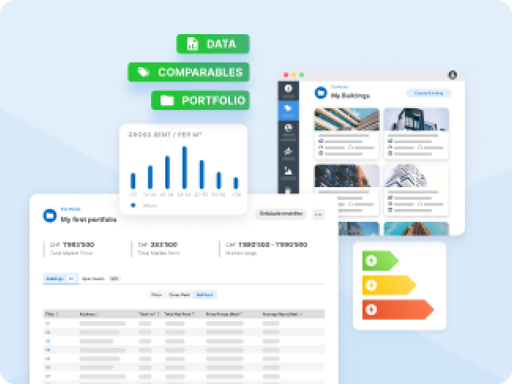Whenfresh.com has now merged with PriceHubble.com
To provide you with a better experience and improved content, your login page and all our resources are now available on a single website. You will be automatically redirected in a few seconds. If the redirection doesn't happen, please click the button below.
Redirection in 10 seconds...
Go directly to pricehubble.com














